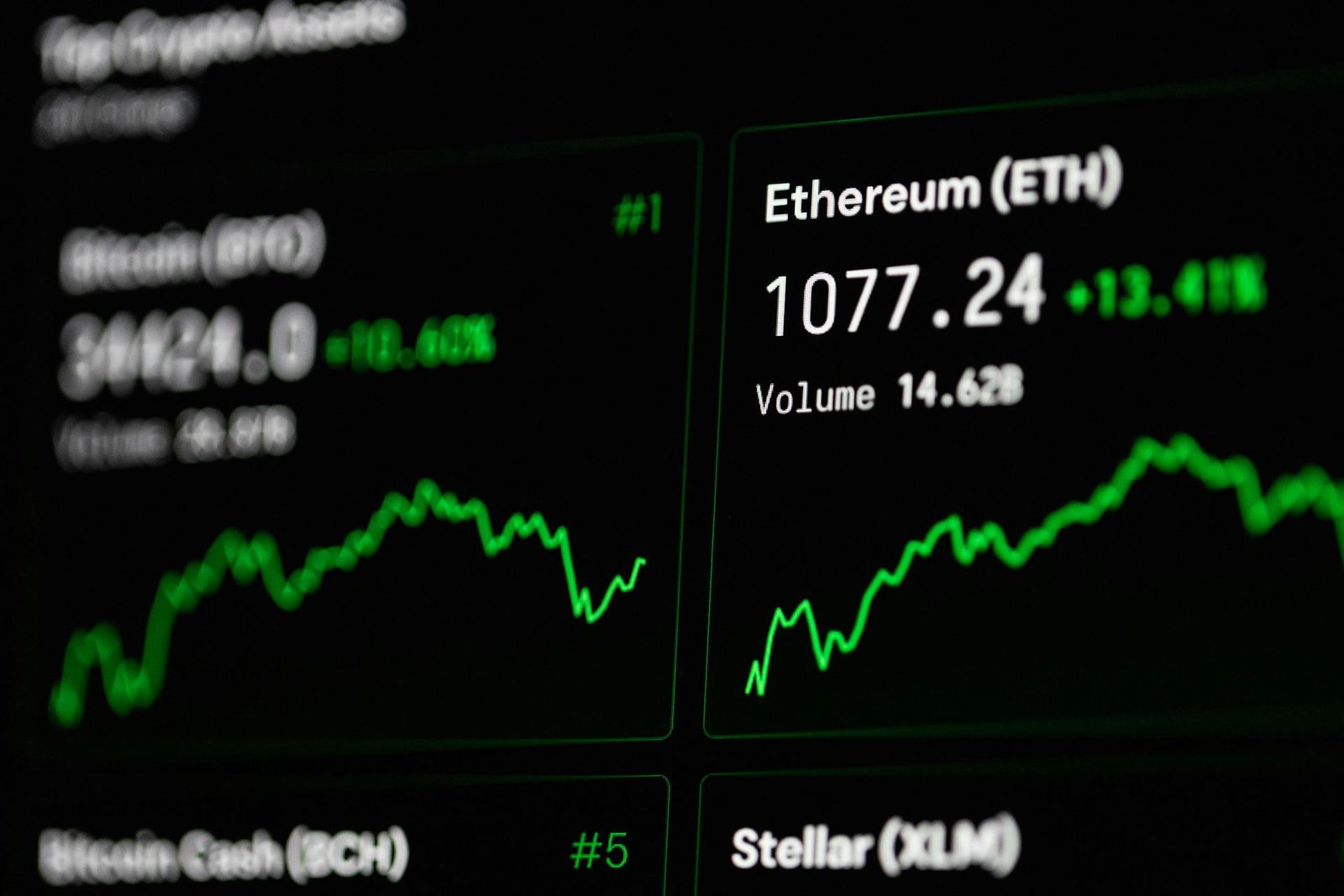When the economy starts slowing down and talk of a recession spreads, it’s common for investors to feel anxious. Stock prices may fall, news headlines might mention fewer homes being built, rising unemployment claims, and a drop in overall economic activity. It’s not always clear what those reports mean for your investments, but they’re all part of the bigger picture that helps define where we are in the economy.
To make sense of it all, we need to look at the business cycle. This cycle includes several stages that repeat over time, and each stage affects investors in different ways.
The Peak of the Economy
At the peak of the cycle, everything feels strong. Employment is high, the economy is growing steadily, and people’s incomes are rising. The stock market usually does well during this time, with share prices climbing and companies often rewarding shareholders with bigger dividend payments.
The downside is inflation. As things heat up, prices rise. Even though most people and businesses are doing well, this price growth can start to create pressure, setting the stage for what comes next.
The Recession Stage
Eventually, things cool off. Growth slows, people start losing jobs, and incomes drop. This change can happen for many reasons—maybe a war breaks out, a major supply chain is disrupted, or inflation causes people to spend less. Companies react by cutting costs, which often means laying off workers.
As spending drops, companies struggle to keep up, and that often causes stock prices to fall. The market becomes jumpy, with big ups and downs as investors react to news. Some even pull their money out altogether.
Unemployment rises, and because companies and consumers take time to adjust their budgets, things don’t bounce back quickly. Officially, a recession is usually defined as two quarters of economic decline, but in practice, it’s any time there’s a big and lasting drop in overall economic activity. Experts look at a mix of factors like employment, production, and retail sales to decide when a recession is happening.
Hitting the Bottom: The Trough
Eventually, the downturn reaches a low point. That’s called the trough. At this stage, business activity, spending, and hiring are all at their lowest. Prices and wages usually stop rising—or even start to fall.
It’s hard to tell when the trough is happening until after the fact. But one sign is when stock prices stop falling and begin to rise again. This usually means investors believe the worst is over. Businesses start to prepare for better times, and consumers feel more confident about spending again.
Recovery and Growth
After the trough, the economy begins to recover. People start spending more, which leads businesses to produce more and hire again. This creates more income, which feeds back into the economy as people buy more goods and services.
Wages go up, businesses grow, and inflation slowly returns. If growth goes on for too long or inflation gets out of hand, another downturn could follow. But over the long run, the economy tends to grow, with each peak higher than the one before.
What the Cycle Means for Investors
Knowing about the business cycle is helpful, but only if it helps you make better investment decisions. So what should you do when a recession hits?
First, just because the market is falling doesn’t mean you can’t make money. Some investors profit by short selling, which means they make money when stocks drop. It’s a high-risk move, though, and isn’t for everyone. Losses can be unlimited if things go the wrong way.
Other investors look at recessions as buying opportunities. They follow value investing strategies—buying good companies when their prices are low. The idea is that the economy will recover, and these stocks will rise again.
There are also long-term investors who don’t change much during a recession. They stick with their investments, confident that over 20 or 30 years, short-term losses won’t matter much. These buy-and-hold investors focus on the long game and ignore short-term noise.
A More Practical Approach
Of course, not everyone can ignore the short term. If you’re nearing retirement or just uncomfortable with big losses, doing nothing might not be the best option. You might want to shift your money into safer places like treasury bonds, CDs, or money market funds.
Short selling takes discipline. Value investing takes research. Long-term investing takes patience. The key is to find a style that fits your situation, your goals, and your tolerance for risk.
What Usually Happens to Markets During Recessions
In the early part of a recession, stock markets often perform poorly. This is mainly due to fear and weak corporate earnings. But interestingly, markets often start to recover before the recession officially ends. Investors begin to see signs of improvement before they appear in the data.
Should You Avoid Investing During a Recession?
Not necessarily. While investing during a downturn feels risky, these times often provide chances to buy stocks at lower prices. It’s hard to know exactly when prices will hit bottom, though, so even if you buy during a recession, be prepared for things to possibly drop even further before they improve.
Are Some Sectors Safer Than Others?
Yes. Industries that provide essentials—things people need no matter what—tend to hold up better. These include sectors like healthcare, utilities, and consumer staples. People still need electricity, food, and medicine, even during tough economic times.
Final Thoughts on the Business Cycle
The business cycle doesn’t always follow a neat pattern. Sometimes a second recession hits before recovery takes hold. And in some cases, economies don’t grow at all over the long term. Things like government policies, taxes, and central bank decisions can have a big impact on how the economy behaves.
It’s easy to get scared when the news is full of bad economic data. But knowing how the business cycle works helps you put things in perspective. Recessions are a normal part of how economies function. They can be painful in the short term, but they also create opportunities. If you prepare your investment strategy based on where you are financially and how much risk you can handle, you’ll be in a better position to weather the storm and take advantage of the recovery when it comes.








